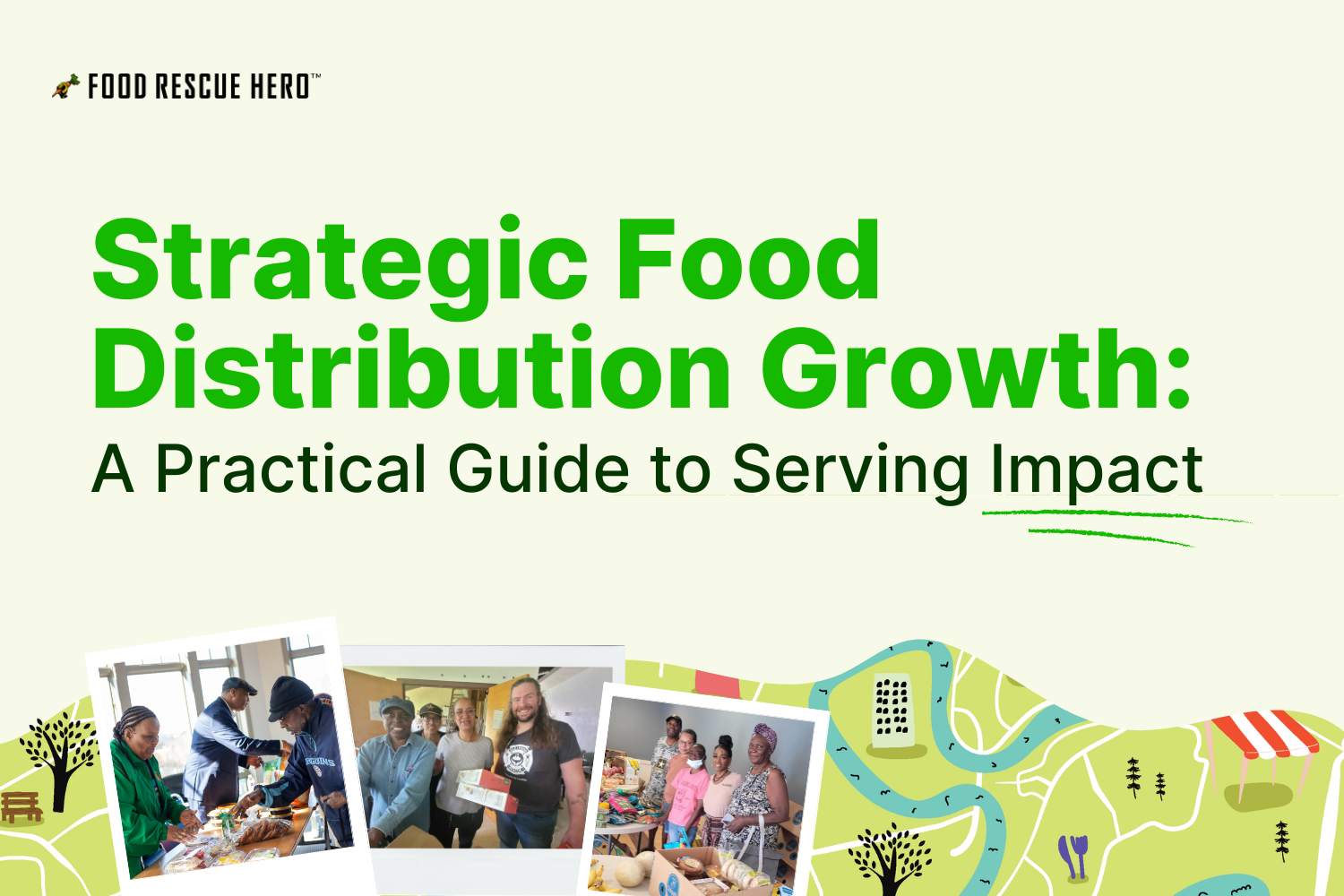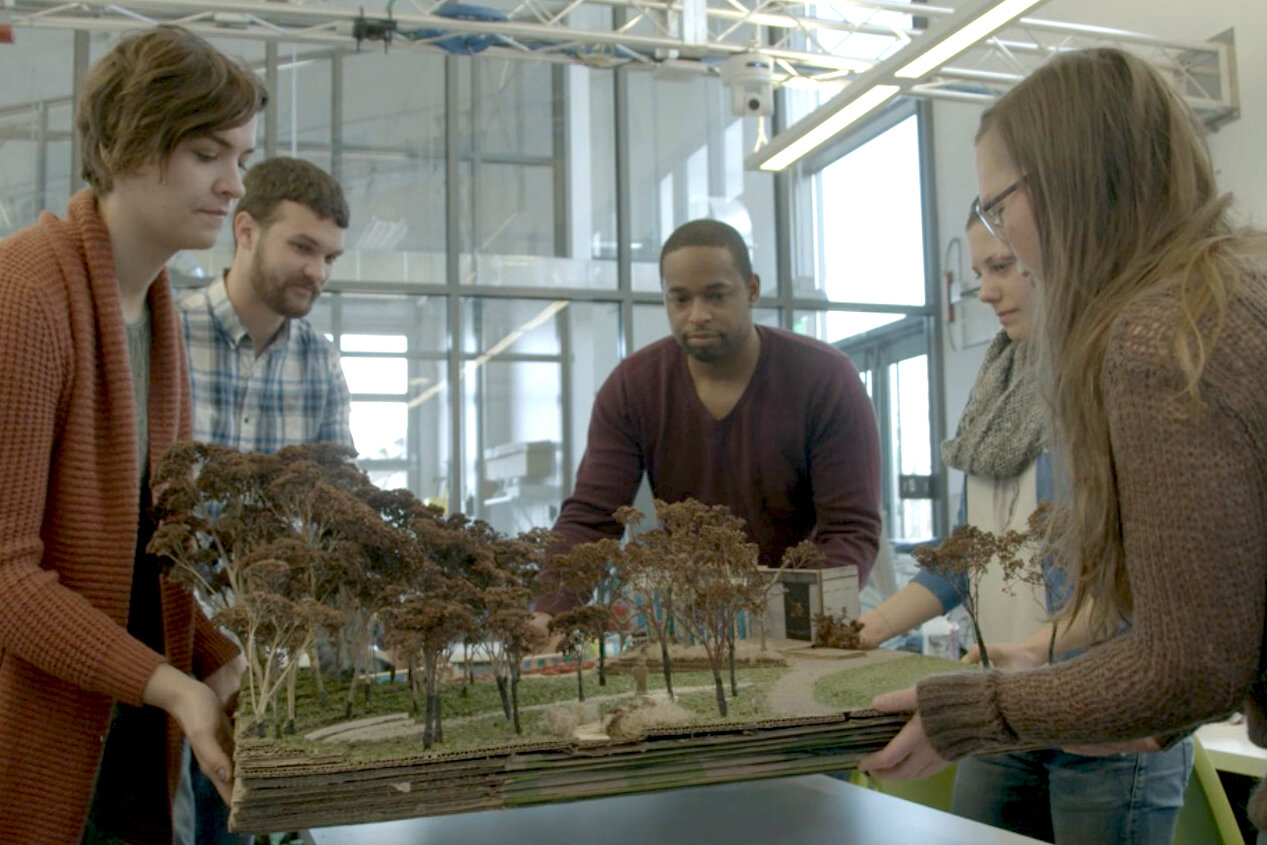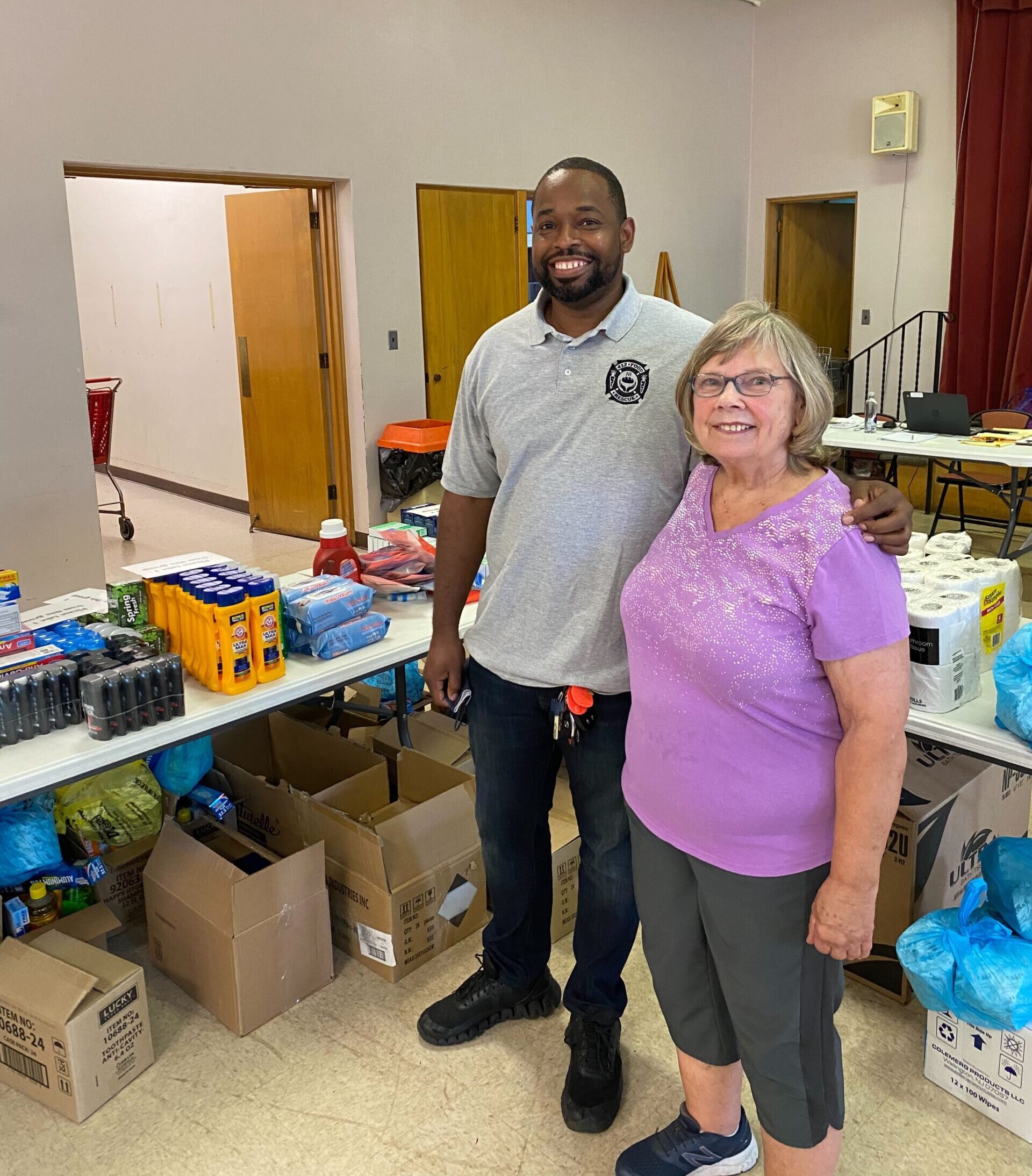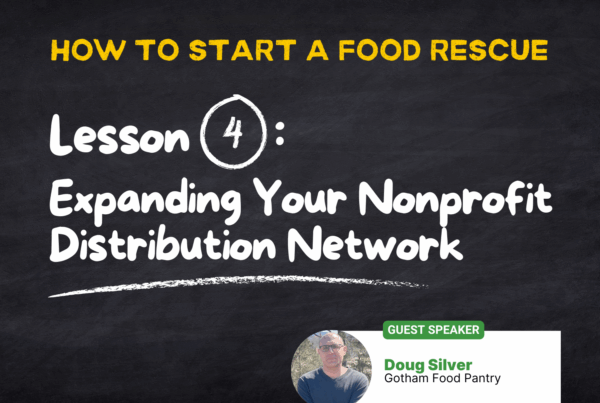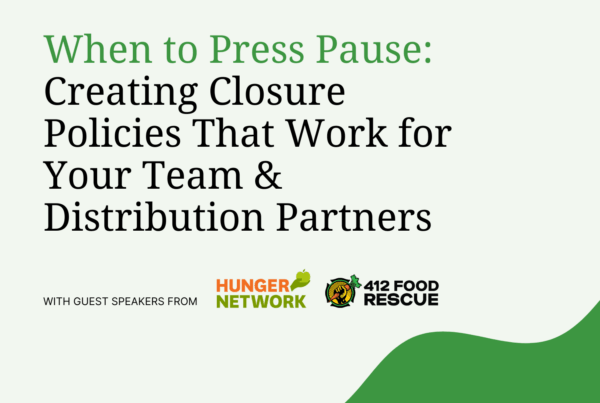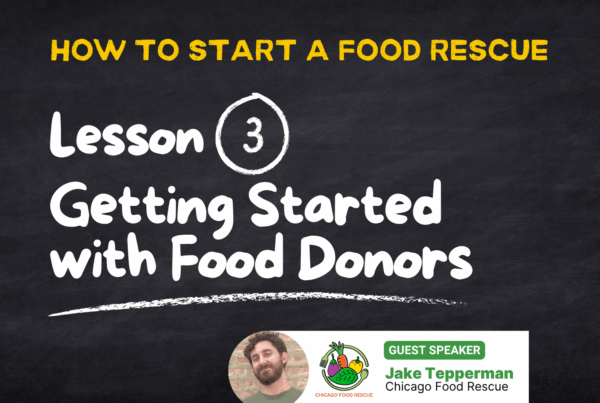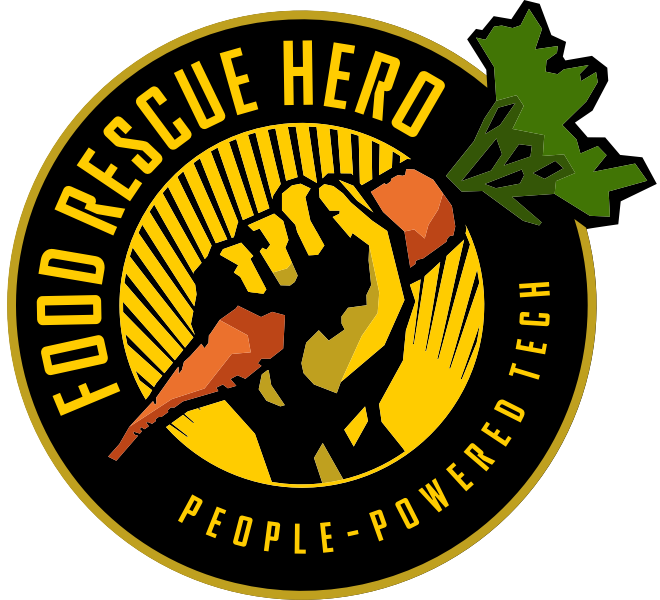Developing strong relationships with nonprofit partners in your community starts with establishing trust.
In our September webinar, we explored the strategies that food recovery organizations can use to deepen their community impact, with a focus on distribution partnerships. Leland Scales, a longtime team member and Nonprofit Partner Manager at 412 Food Rescue, shared his insights on building trust with nonprofit partners and how that trust leads to stronger, more effective food distribution programs.
Watch our September 2024 webinar:
"Strategic Food Distribution Growth: A Practical Guide to Serving Impact"
Building Community Relationships
Leland’s journey into food recovery began in his local community of Swissvale, PA, where he started a community garden. He emphasized the importance of asking communities what they need, rather than assuming solutions.
“In order to really get an understanding for how much or if what you’re trying to do will have an impact, you must first ask the community what it needs,” Leland said. This same principle guides his approach to partnerships at 412 Food Rescue, ensuring the organization supports communities in ways that genuinely meet the needs of the communities they serve.
The Power of Trust and Dignity
Trust is central to 412 Food Rescue’s distribution model. Leland spoke about the importance of going beyond simple food donation transactions to building personal relationships. By consistently engaging with partners and checking in on how they’re doing, Leland fosters a connection that allows for honest feedback. This trust enables partners to feel comfortable sharing their actual needs, such as whether they are receiving too much of one type of food or not enough of another.
Moreover, Leland highlighted how providing dignity and choice in food access is essential for empowering communities. Whether it’s offering fresh produce or even occasionally rescuing fast food, giving partners the ability to choose what they receive fosters a sense of ownership and respect.
Strategic Impact and Data-Driven Decisions
The discussion also touched on the importance of combining qualitative insights with data to enhance impact. For example, 412 Food Rescue uses GIS data to identify areas with high need that lack access to charitable food sources. Marrying this data with community feedback helps the organization focus its resources more effectively.
Leland shared a story of a community member who worked multiple jobs and had little time to grocery shop. By partnering with family centers, the organization made food available at places where people already are—like daycare centers and housing authorities—helping families cut down on time and transportation barriers. This strategy not only improves food access but also has the potential to reduce food insecurity in measurable ways.
Measuring and Communicating Impact
Stories of impact, like the one Leland shared about a cancer survivor whose health improved thanks to regular access to fresh produce, are not just feel-good anecdotes—they are data points. By capturing these stories alongside traditional metrics like pounds of food rescued or the environmental benefits of diverting food from landfills, food rescue organizations can demonstrate their effectiveness to funders and stakeholders in a relatable and human-centric way.
Conclusion
The conversation underscored that successful food recovery isn’t just about pounds of food rescued—it’s about building relationships, fostering trust, and making data-driven decisions that reflect the real needs of communities. Through thoughtful partnerships and a commitment to meeting people where they are, food rescue organizations can significantly expand their impact, improving both food security and community well-being.
If you’re interested in learning more strategies to grow your food rescue efforts, register to attend our upcoming Food Rescue Conference in October, where these topics and more will be discussed in-depth.


